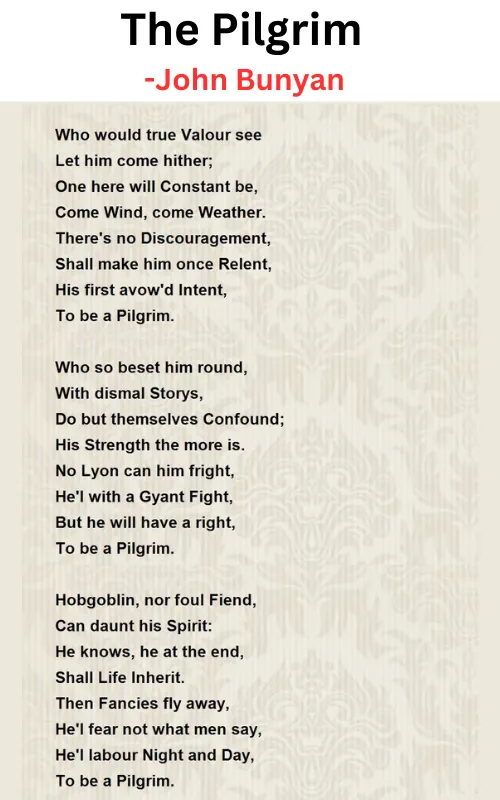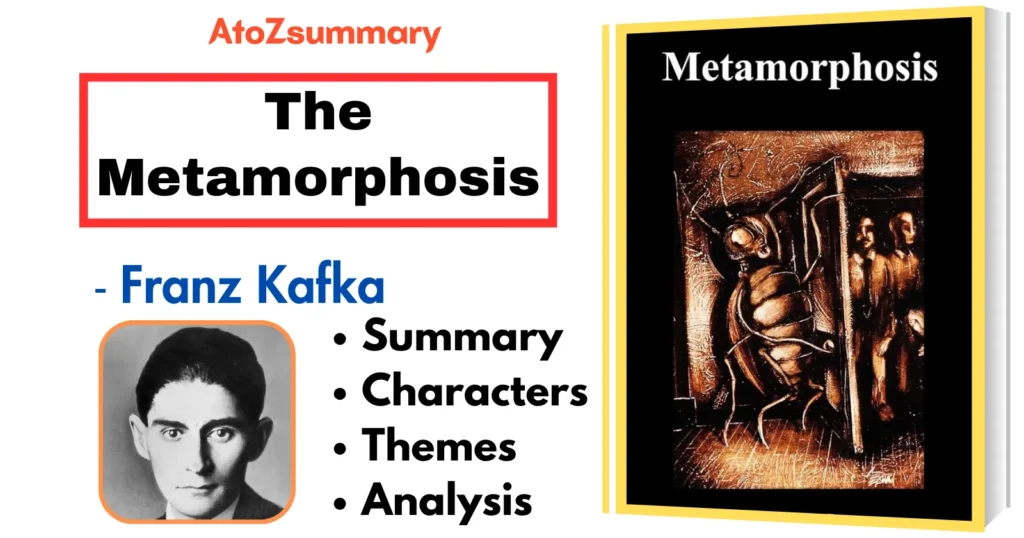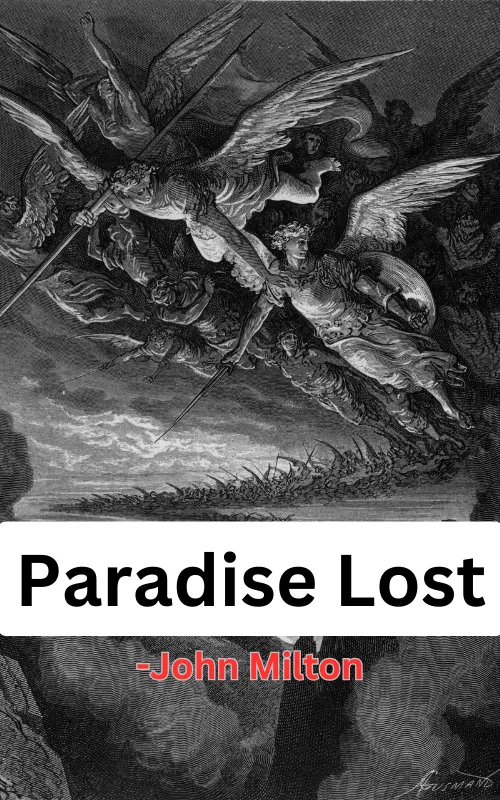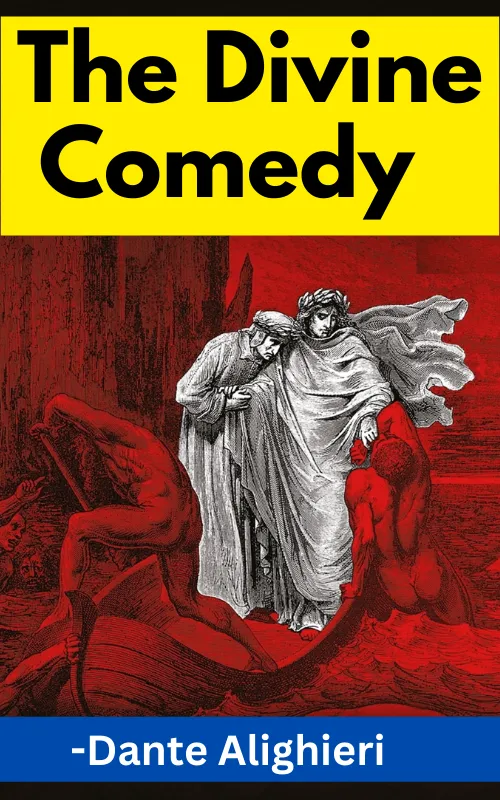About Poem- The Pilgrim
| Poem Title | The Pilgrim |
| Author | John Bunyan |
| Publication Year | 1678 |
| Genre | Allegorical Christian Novel |
| Verse form | Blank verse |
| Speaker | The narrator |
| Subject | The Christian journey from sin to salvation |
| Setting | A variety of locations, including the City of Destruction, the Slough of Despond, the Vanity Fair, and the Celestial City |
| Major themes | Sin, salvation, redemption, the Christian journey |
| Key symbols | The City of Destruction, the Slough of Despond, the Vanity Fair, the Celestial City, Christian, Faithful, Hopeful, Evangelist, Apollyon, Giant Despair, Mr. Worldly Wiseman |
Themes- The Pilgrim
The themes of “The Pilgrim” by John Bunyan are:
- Sin ➤ Christian is burdened by the sin that he carries with him. This represents the burden of sin that all people carry.
- Salvation ➤ Christian’s journey to the Celestial City represents the journey to salvation.
- Faith ➤ Christian’s faith in God helps him to overcome all of the challenges that he faces on his journey.
- Perseverance ➤ Christian never gives up on his journey, even when it is difficult. This represents the importance of perseverance in the Christian faith.
- Community ➤ Christian is helped by many other Christians on his journey. This represents the importance of community in the Christian faith.
Characters- The Pilgrim
Here are the main characters of the poem “The Pilgrim” by John Bunyan:
- Christian ➤ The protagonist of the poem. He is a man who is burdened by sin and seeks salvation.
- Evangelist ➤ A man who tells Christian how to get to the Celestial City.
- Help ➤ A man who rescues Christian from the Slough of Despond.
- Pliable ➤ A man who starts out on the journey to the Celestial City with Christian, but later gives up.
- Faithful ➤ Christian’s traveling companion for most of his journey. He is a wise and faithful Christian who is martyred at Vanity Fair.
- Giant Despair ➤ A giant who tries to convince Christian to give up on his journey.
- Mr. Worldly Wiseman: A man who tries to convince Christian to stay in the City of Destruction.
- Apollyon: A demon who fights Christian in the Valley of the Shadow of Death.
“The Pilgrim” Poem by John Bunyan
Who would true Valour see
Let him come hither;
One here will Constant be,
Come Wind, come Weather.
There’s no Discouragement,
Shall make him once Relent,
His first avow’d Intent,
To be a Pilgrim.
Who so beset him round,
With dismal Storys,
Do but themselves Confound;
His Strength the more is.
No Lyon can him fright,
He’l with a Gyant Fight,
But he will have a right,
To be a Pilgrim.
Hobgoblin, nor foul Fiend,
Can daunt his Spirit:
He knows, he at the end,
Shall Life Inherit.
Then Fancies fly away,
He’l fear not what men say,
He’l labour Night and Day,
To be a Pilgrim.
John Bunyan- Summary & Analysis
“The Pilgrim” is a religious poem written by John Bunyan, the author of the famous Christian allegory “The Pilgrim’s Progress.” The poem is a spiritual journey that follows the life of a character named Christian, who represents a devout believer on a quest for salvation. The poem is divided into different stanzas, each highlighting key moments and themes.
Stanza 1
The poem begins with Christian, the central character, burdened with a heavy load symbolizing the weight of his sins and the conviction of his need for salvation. He sets out on a journey, leaving his home, family, and the City of Destruction behind.
Stanza 2
As Christian progresses on his journey, he faces obstacles and temptations, which are represented as adversaries and snares. He finds guidance in the Word of God and continues to press forward on his path to salvation.
Stanza 3
Christian’s travels lead him to the Wicket Gate, a symbol of the narrow path to salvation. At the gate, he seeks entry and is met by Good-Will, the gatekeeper, who allows him to enter, signifying that he has taken the first steps toward salvation.
Stanza 4
Christian continues his journey and reaches the House Beautiful, a place of refuge and spiritual nourishment. Here, he finds comfort and meets other pilgrims on the same path. He learns about the wonders of the heavenly kingdom from those who have traveled ahead of him.
Stanza 5
Leaving the House Beautiful, Christian faces new challenges, including the Valley of Humiliation and the Valley of the Shadow of Death. These represent the trials and tribulations faced by believers in their spiritual journey.
Stanza 6
Christian encounters characters like Faithful and Hopeful, who accompany him on his journey and share their own experiences of faith and salvation. Their interactions provide Christian with companionship and encouragement.
Stanza 7
The journey takes Christian to Vanity Fair, a bustling marketplace symbolizing worldly temptations and distractions. Here, he and his companions face ridicule and persecution for their faith but remain resolute in their commitment to Christ.
Stanza 8
Christian’s path leads him to the River of Death, a final obstacle on his journey. He crosses this river with the assurance of eternal life and enters the Celestial City, which represents heaven and the ultimate goal of salvation.
Stanza 9
In the Celestial City, Christian is welcomed by angels and is reunited with loved ones who have passed away. He finds peace, joy, and eternal rest in the presence of God, symbolizing the reward of faithful believers in the afterlife.
FAQs:
What is the message of the poem the pilgrim?
The message of the poem The Pilgrim is that with faith and perseverance, you can overcome any obstacle and reach your destination.
What are the figures of speech in the Pilgrim poem?
The figures of speech in the Pilgrim poem include personification, metaphor, and allegory.
What is the personification in the poem the pilgrim?
The personification is when Christian meets characters like “Mr. Worldly Wiseman,” who represent worldly qualities.
What is the language and imagery of the poem the pilgrim?
Bunyan uses vivid imagery to describe Christian’s journey, such as the Slough of Despond, the Valley of the Shadow of Death, and the Celestial City. He also uses personification to give life to abstract concepts, such as sin, death, and grace.










![The Catcher In The Rye Summary, Themes & Characters [by J. D. Salinger] The Catcher In The Rye Summary, Themes & Characters [by J. D. Salinger]](https://atozsummary.com/wp-content/uploads/2023/06/The-Catcher-In-The-Rye-Summary-Themes-Characters-by-J.-D.-Salinger.webp)
